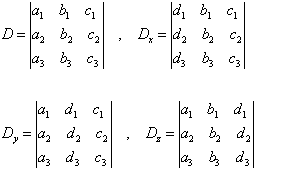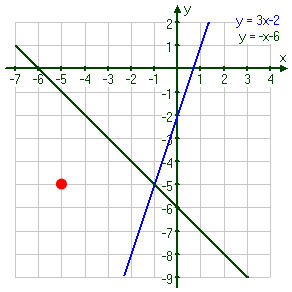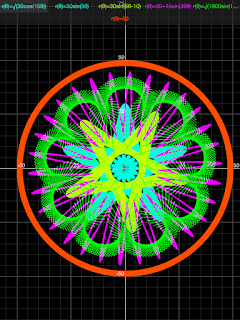Tower of Hanoi-Mathematical Induction
The Tower of Hanoi (also called the Tower of Brahma or Lucas' Tower,[1] and sometimes pluralized) is a mathematical game or puzzle. It consists of three rods, and a number of disks of different sizes which can slide onto any rod. The puzzle starts with the disks in a neat stack in ascending order of size on one rod, the smallest at the top, thus making a conical shape. The objective of the puzzle is to move the entire stack to another rod, obeying the following simple rules: Only one disk can be moved at a time. Each move consists of taking the upper disk from one of the stacks and placing it on top of another stack i.e. a disk can only be moved if it is the uppermost disk on a stack. No disk may be placed on top of a smaller disk. With three disks, the puzzle can be solved in seven moves. The minimum number of moves required to solve a Tower of Hanoi puzzle is 2n - 1, where n is the number of disks.
But you cannot place a larger disk onto a smaller disk. The equation for the tower of Hanoi is 2^n -1. The equation 2^n-1 can be used to solve with any number of discs. Given 12 discs, this would require 4,095 moves.
As disc continue to stack, more moves are required to move them from pole A to C. I also learned that after finding the recursion formula, I was able to plug it into the mathematical induction to make both sides equal.




















